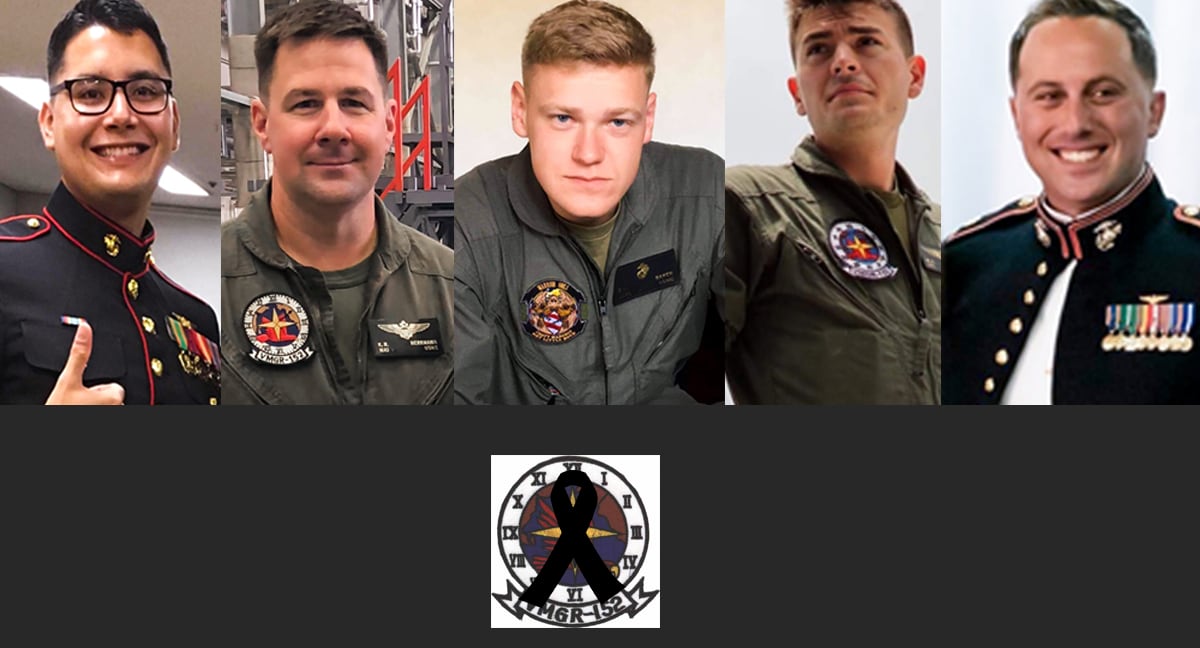OKINAWA, Japan ― The Navy and Marine Corps have begun the underwater search for the voice and data recorders of the lost KC-130J and F/A-18 in a race against time to find out what caused the devastating Dec. 6 accident off the southern coast of Japan that killed six Marines.
Five crew from a KC-130J assigned to Marine Aerial Refueler Transport Squadron 152, 1st Marine Aircraft Wing, or “Sumos” squadron, and the pilot of the two-person F/A-18D Hornet assigned Marine All Weather Fighter Attack Squadron 242, or “Bats,” were killed in what has been described by Japanese defense officials as a midair collision.
The weapons officer from the Hornet survived the crash and was released from the hospital. The aircraft were on a routine training mission that included refueling, but it is not clear if the aircraft were refueling at the time of the incident. All were based at Marine Corps Air Station Iwakuni in Japan.
The race to find the black boxes and voice recorders is not only to find out what brought both aircraft down, but to provide answers for the families, said Lt. Gen. Eric Smith, commanding general of III Marine Expeditionary Force. The flight data recorders will continue to emit a signal to help in detection for up to 30 days after a crash.
RELATED

The surviving Marine has also gone through an initial interview, said III MEF spokeswoman Lt. Col. Kelly Frushour. The Marines have not identified the crash survivor.
To search for the data recorders, Marines contracted a civilian ship and the Navy supplied a TPL-25 towed pinger locator that will search the ocean floor. That Navy team sailed from Yokosuka Monday, said 7th Fleet spokesman Cmdr. Clay Doss.
"That’s underway today,” Smith said Dec. 17. “There’s a search pattern. So we know where the aircraft mishap occurred. But it’s still a pretty wide area.”
If the towed pinger detects the signal, it will then relay those GPS coordinates for other Navy assets to dive to the site. The data recorders can withstand depths of up to 20,000 feet, but its not known whether they will be able to be retrieved if they are located.
RELATED

“That water [is] very deep out there, 9,000 to 13,000 feet deep,” Smith said. “It’s a daunting challenge but we’re committed to finding the black box. That will tell us a lot, so we need it.”
Smith attended memorials Wednesday and Friday for the lost Marines, and the squadrons stood down operations temporarily for a review after the mishap, he said. Both are back to flying operations.
“It’s hard for the families. It’s hard for the crew. We did a safety assessment. I feel comfortable that the crews are doing what they are supposed to be doing, and they are flying again.”
Tara Copp is a Pentagon correspondent for the Associated Press. She was previously Pentagon bureau chief for Sightline Media Group.





